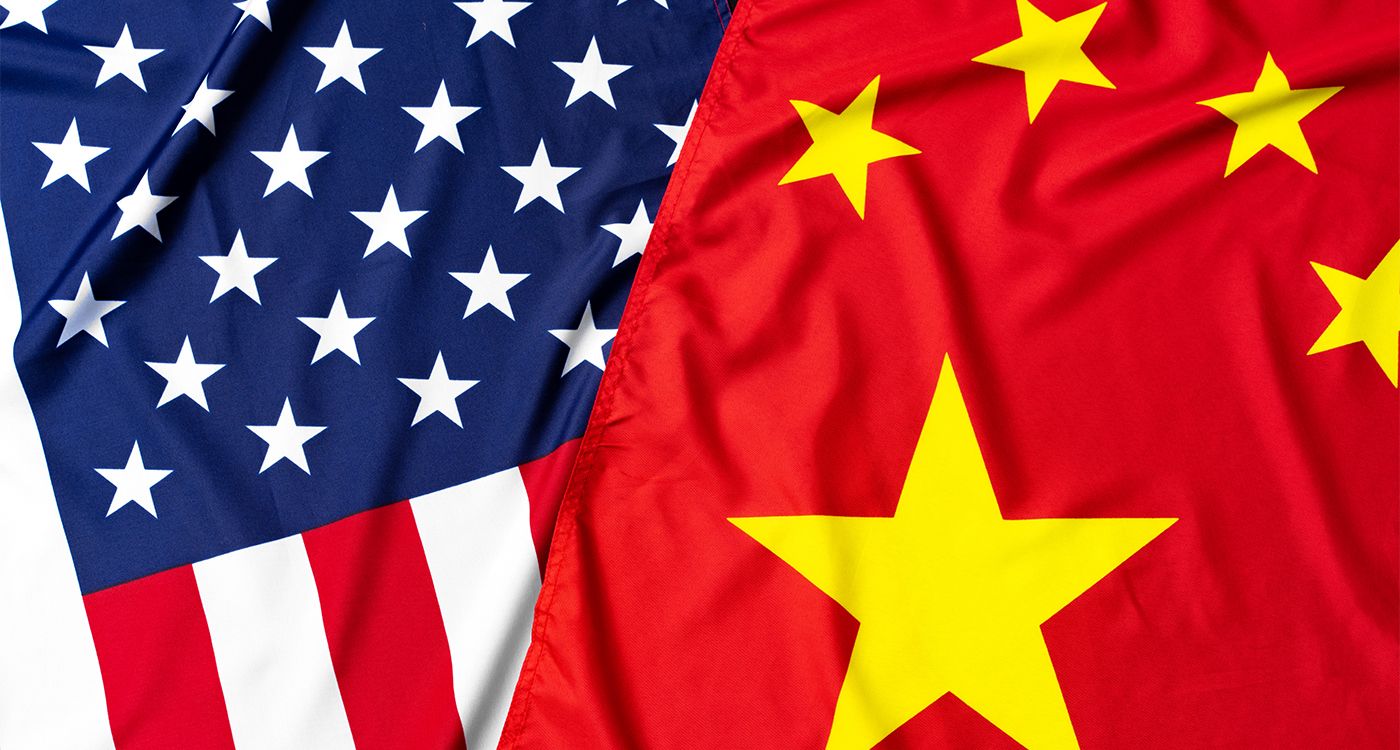
When Uncle Sam hits with tariffs, the dragon coughs, but doesn’t choke. In response to the massive 145% US duties, Beijing unveils an emergency plan that could be its lifeline to avoid a trade catastrophe.
Since Washington decided to strike hard with 145% tariffs, trade relations between China and the US have shifted from a negotiation table to a boxing ring. The blow is heavy: in 2024, the US alone accounted for nearly $500 billion in Chinese imports, making it Beijing’s largest commercial partner.
In real terms, nearly one in five Chinese products was destined for American consumers—from sneakers and toys to electronics. The consequences? Overflowing warehouses, slowing production lines and Chinese SMEs—especially in textiles, toys, electronics and footwear—staring at containers... that no longer leave the docks.
The impact was swift: Chinese exports to the US plunged by 20% in less than a year, according to the latest data from China’s Ministry of Commerce.
And this is no minor setback: of China’s nearly $3.5 trillion in annual exports, the US accounted for almost 14%. Such a loss destabilizes the entire industrial ecosystem, especially small producers who lack the cash flow or networks to recover quickly.
An Economy in Survival Mode
The impact is severe: thousands of Chinese businesses are seeing their revenues plummet, with small producers bearing the brunt as the true collateral damage of this trade war. The Chinese Ministry of Commerce even refers to it as an “economic shock,” pushing industrialists to urgently refocus on the domestic market, now seen as their new lifeline.
Yet, this shift is anything but simple. Products designed for the US—tailored to specific designs, standards and consumer preferences—don’t always resonate in China. This leads to high adaptation costs, shrinking profit margins and the looming threat of a brutal price war as exporters now turn their focus to the local market.
Alibaba, JD.COM: The Superheroes of Economic Rebuilding
Fortunately for Beijing, its digital giants are rising to the occasion. Leading the charge is JD.COM, which has launched a 200-billion-yuan fund (about $27 billion) to buy up excess stock from exporting companies. The goal: to resell these goods through its platform, targeting Chinese consumers.
At the same time, Alibaba is leveraging massive visibility. The e-commerce behemoth is offering prime spots for 10,000 exporters and 100,000 products on its site, facilitating their integration into the local market. It’s as if Amazon suddenly positioned itself as the lifeline for American manufacturers caught in a European embargo.
The response reaches well beyond online commerce. On platforms like WeChat, Douyin and TikTok, targeted campaigns are spotlighting products blocked by US sanctions. Even traditional retailers like Walmart China are opening their shelves to local producers, helping to offload these unsold goods.
However, there’s a catch: this strategy depends on one fragile element—domestic consumption. Unfortunately, it remains sluggish, hindered by economic uncertainties, the real estate crisis and weak employment.
A Race Against Time for an Over-Reliant Economy
What this trade war reveals most starkly is a deep structural weakness: China’s chronic dependence on exports. Beijing knows that the “produce for the West” model is no longer sustainable in a world where geopolitical tensions are rewriting the global economic playbook.
The shift toward the domestic market is no longer a luxury, it’s a strategic necessity. The key question is whether the temporary measures, both digital and logistical, will be enough to fundamentally transform China’s economic model. One lesson Beijing has clearly learned: when the US sneezes, China must prepare with masks, tissues and a comprehensive economic recovery plan.
With tariffs soaring to 145% and export levels plummeting, China has no choice but to reinvent itself at full speed. Beneath the surface of numbers and carefully crafted patriotic speeches, Beijing’s true challenge is maintaining composure in the face of a geopolitical Rubik’s Cube: reimagining its entire economic framework. The real challenge? Reinventing China’s economy without sacrificing what has fueled its growth for the last three decades—its ability to produce quickly, in bulk, and export worldwide.
One thing is clear: on the global trade battlefield, China may not have fallen, but it is now cautiously proceeding, helmet on and radar alert. Gone is the triumphant bulldozer, it’s now all about the strategic acrobat: less flair, more careful calculation.



Comments